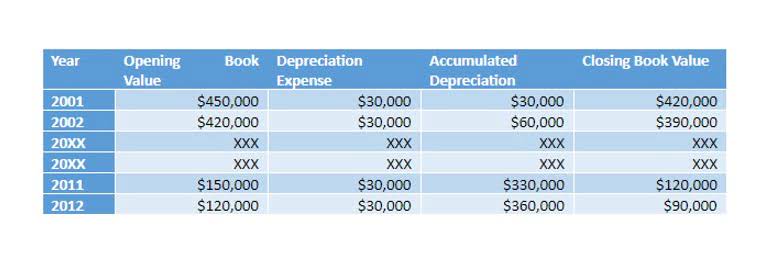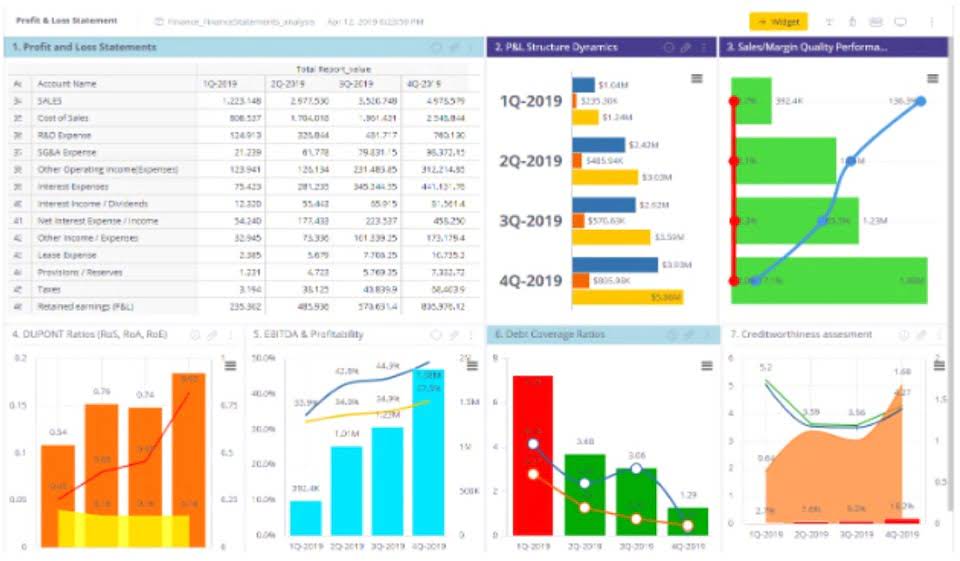
The method assumes a trade-off between inventory holding and inventory setup costs, minimising both. The just-in-time inventory method enables you to save money and reduce the risk of law firm chart of accounts inventory waste. It does this by only keeping the inventory you need to produce and sell products.
Ask a Financial Professional Any Question
- Since the periodic system involves fewer records and simpler calculation than the perpetual system, it is easier to implement.
- However, physical inventory counts can also be outsourced to a third party that offers full stocktaking services for businesses of any type or size.
- This visibility can support lean initiatives like just-in-time (JIT) inventory management aimed at keeping inventory levels low to reduce carrying costs and waste.
- This information can be used to track the cost of goods sold and ensure that inventory is being used efficiently.
- The weighted average method provides a smooth, blended cost for inventory but only applies the average at the end of the period, meaning the financial data is less precise during the period.
- These discrepancies can happen as a result of employee theft, shoplifting, or vendor mistakes.
This system requires businesses to manually count their inventory, record the counts, and adjust their inventory records accordingly. A periodic inventory system is an accounting method where inventory counts assets = liabilities + equity and costs of goods sold (COGS) are calculated at the end of an accounting period. This approach requires physical inventory counts to update records and assess stock levels accurately.

Business Made Simple

If you need to track your inventory turnover in real time, a perpetual inventory system might be a better fit for your business. Let’s say a small independent bookstore called Page One uses a periodic when a periodic inventory system is used inventory system. At the end of each year, the owner does a manual count of all the books in the store, which gives them the starting inventory value for 2023. Throughout the year, it records all of the new book purchases to the Purchases account in the accounting software. When the month ends, they close the shop for a few hours and conduct another full inventory count. In a perpetual system, LIFO, too, is applied continuously, meaning that each time inventory is sold, the most recent purchases are used to calculate COGS.
Sales Prospecting
The term periodic inventory system refers to a method of inventory valuation for financial reporting purposes in which a physical count of the inventory is performed at specific intervals. It is both easier to implement and cost-effective by companies that use it, which are usually small businesses. If you use a periodic system, you don’t know the exact number of units you have in stock until the end of the accounting period when you do your physical count of inventory. In contrast, the perpetual inventory system gives you real-time inventory counts because it updates each time a unit moves in or out of your inventory.
Perpetual Inventory System vs. Periodic Inventory System: What’s the Difference?

The simplicity also allows for the use of manual record keeping for small inventories. The term inventory refers to the raw materials or finished goods that companies have on hand and available for sale. It is among the most valuable assets that a company has because it is one of the primary sources of revenue.

Can you provide an example of a perpetual inventory system?
HashMicro provides a free demo and consultation for its ERP software, giving businesses a hands-on look at its features. This allows potential users to see how the system fits their needs and ensures they make an informed decision about integrating it into their operations. The days of sales inventory ratio indicates the average time in days that your company takes to turn over your inventory. And without significant inventory data, you’re at risk of costly stockouts or, conversely, expensive inventory holding costs. Without real-time inventory information or gross profit data it is difficult to optimise operations for greater business success. After subtracting the ending inventory from this total, the remaining balance represents the cost of the items sold.
